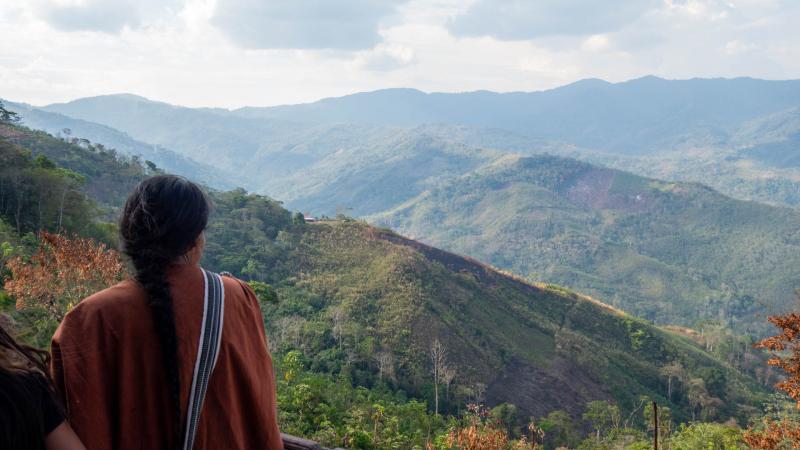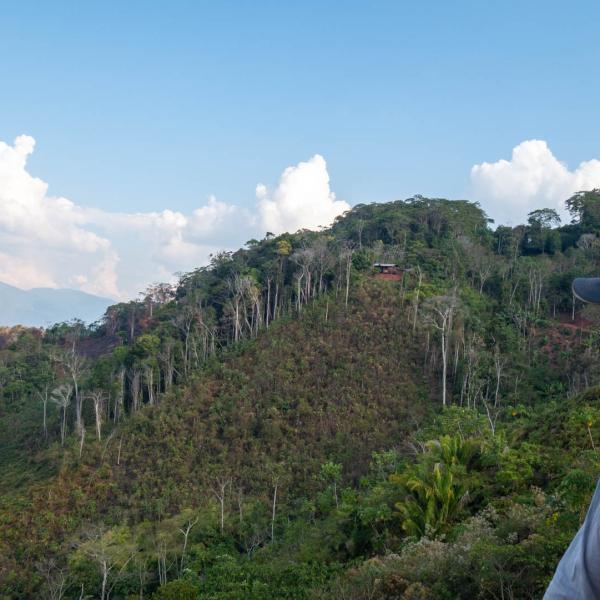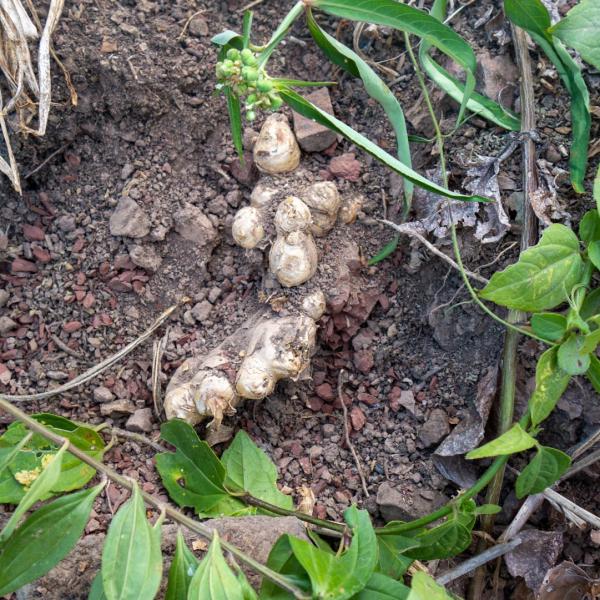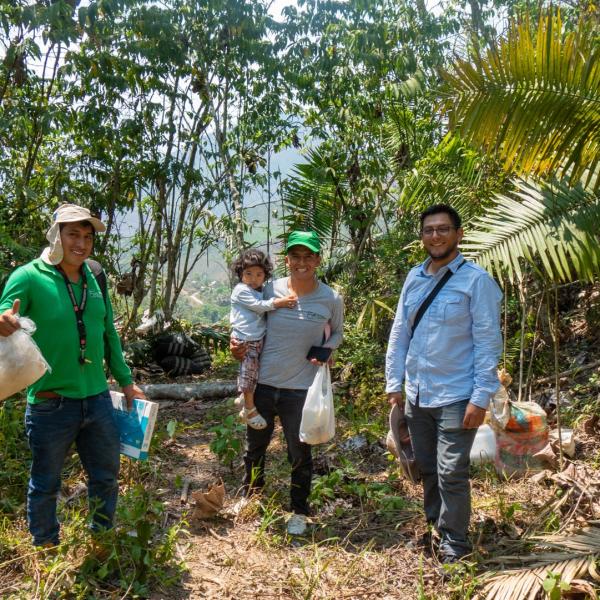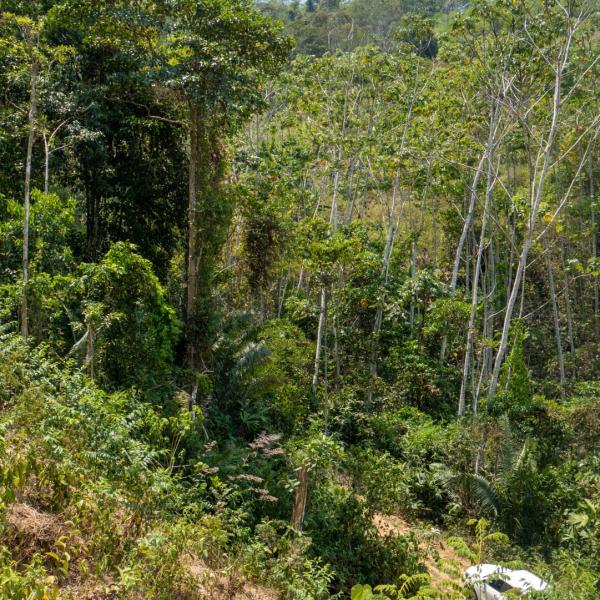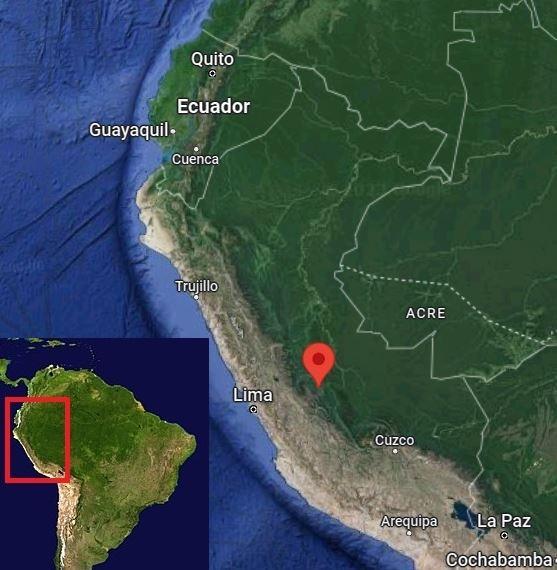ANCIENT CROPS, SMALL PRODUCERS
The cultivation of ginger and turmeric in Peru has existed for several centuries, and production has grown in the last 20 years, focusing on areas of the Amazon rainforest. They are mainly small producers, often belonging to indigenous peoples who find in ginger, as well as in cocoa and coffee, a way to create an income without abandoning communities and putting into practice much of their
native knowledge.The organic farms we visited are Elisur and La Campiña, which assist hundreds of small producers from production to certification, from logistics to commercialization, for the domestic and foreign markets.
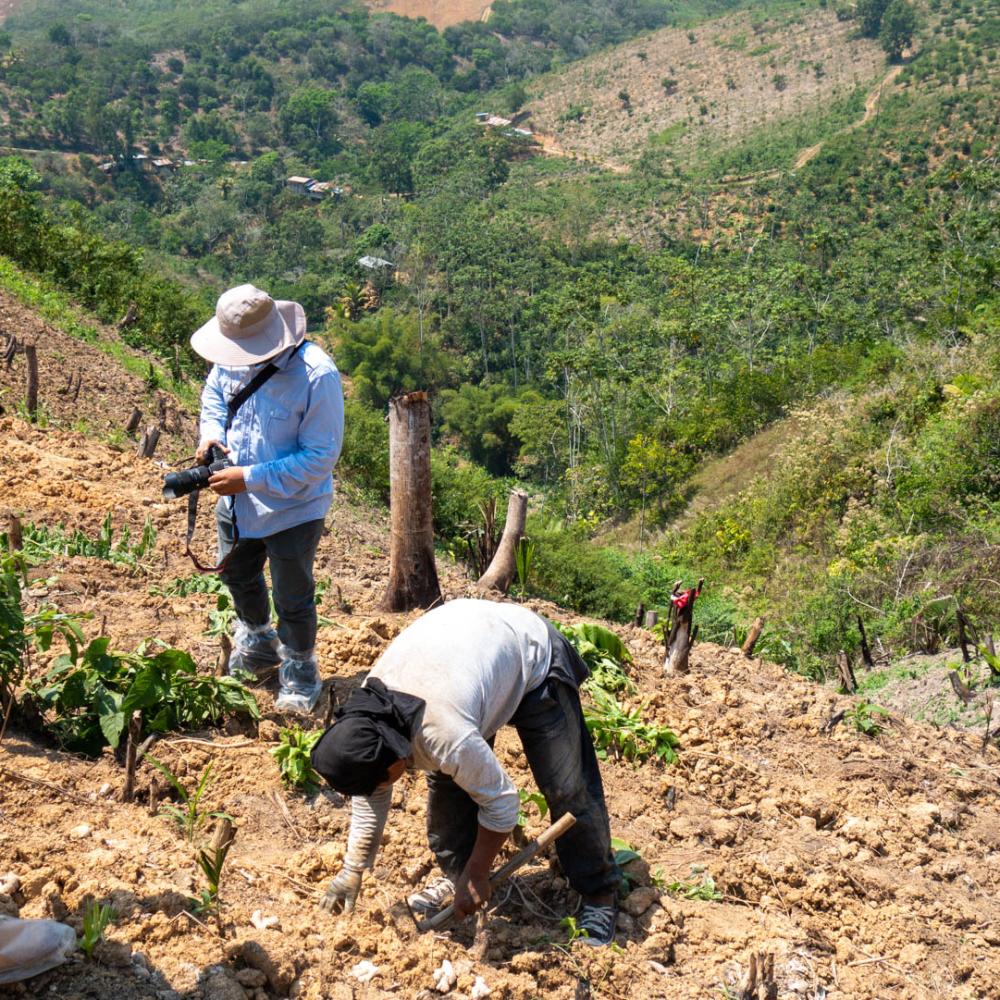
The cultivation of ginger and turmeric, in Peru called 'kion' and 'palillo' respectively, is concentrated between Satipo and Pichanaki, in the Junin Region, in the Central Amazon, between 800 and 1500 meters above sea level.
Both crops have similar treatments: the plots are extracted on slopes that are often very steep, within forest areas, and after 2-3 years they are left to rest in order to regrow the forest (called puma), protect the soil and prevent landslides. They are grown in 40 cm micro-terraces and harvested at the beginning of the dry season (June) when the leaves dry
completely.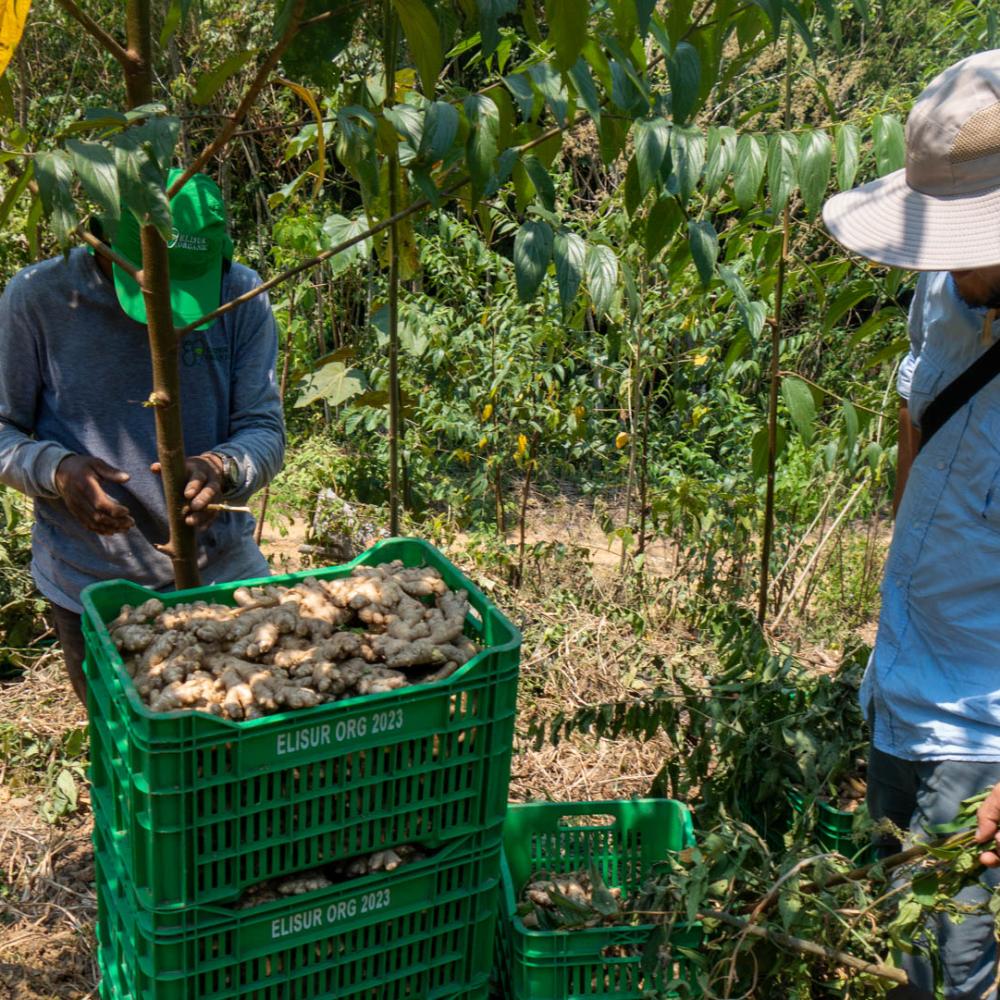
The post-harvest processing of ginger and turmeric first goes through a phase of quality and size evaluation to estimate on incoming micro-lots (small batches from dozens of small producers per day) the volumes to be allocated to the various markets: national, international, industry, in addition to waste.
Then the product is washed with chlorinated water, cleaned, dried in special cells that ensure healing and then embedded.
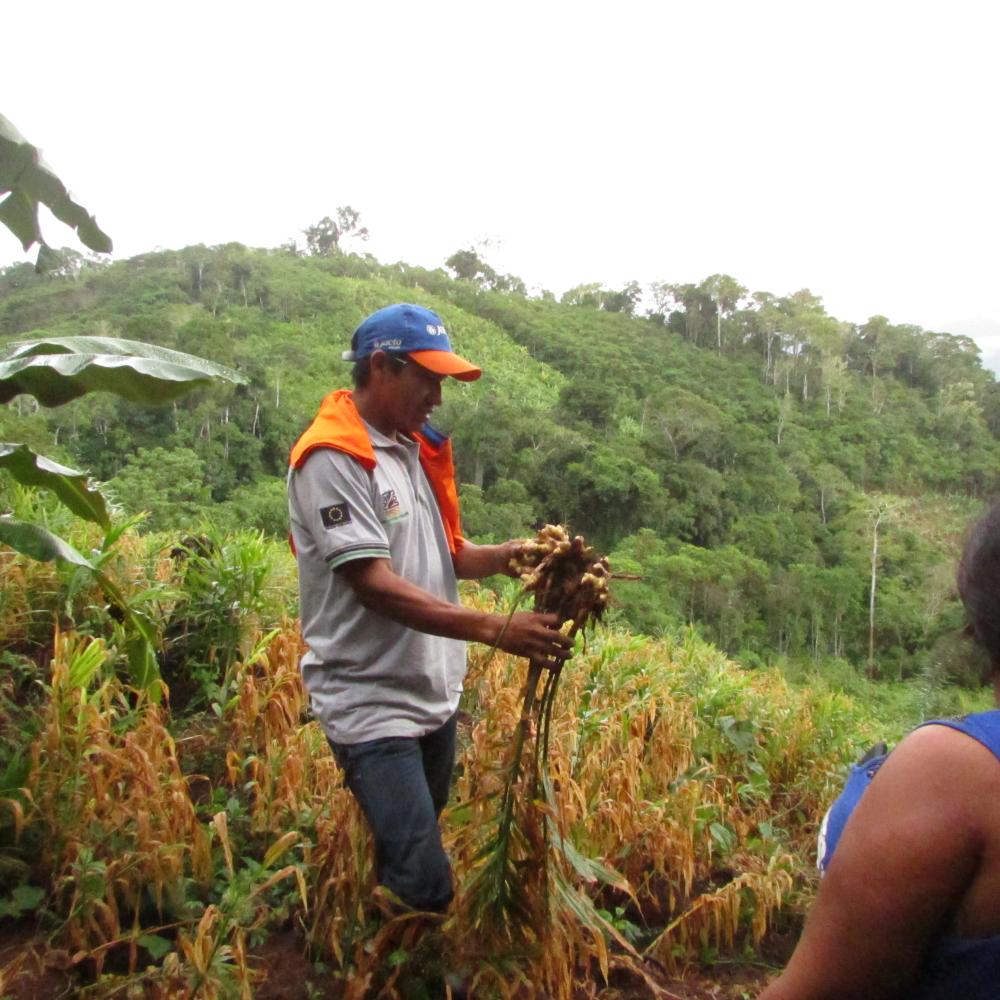
In the organic production of ginger and turmeric, the adoption of BIODYNAMIC methods (DEMETER certificates) stands out. Farmers, often indigenous Amazonian and even Andean farmers who have migrated from high-altitude areas, find the biodynamic approach very close to their ancestral practices that are based on natural cycles (moon and stars), on the use of self-produced stimulating preparations, on respect for wild natural areas and on intimate relationships with the soil, which work with very basic manual tools.
The harmonization with biodiversity is also evident: already during the season, shrubs and trees grow back next to ginger, useful for protecting soil and production from torrential rains, and farmers from the tropical sun during harvest.
